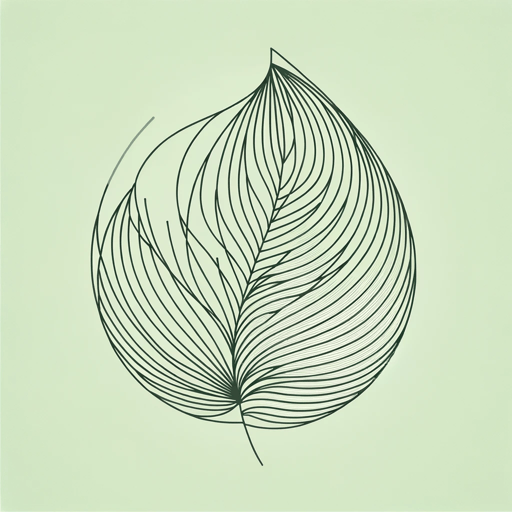19 pages • 38 minutes read
Claude McKayThe Tropics in New York
Fiction | Poem | Adult | Published in 1922A modern alternative to SparkNotes and CliffsNotes, SuperSummary offers high-quality Study Guides with detailed chapter summaries and analysis of major themes, characters, and more.
Summary and Study Guide
Overview
“The Tropics in New York” is a lyric poem by Claude McKay, who was a significant figure in the Harlem Renaissance, a literary movement in the 1920s. The poem was published in The Liberator in May 1920 and reprinted in McKay’s poetry collections, Spring in New Hampshire and Other Poems (1920) and Harlem Shadows (1922). McKay was born in Jamaica but studied at colleges in the United States, and in 1914 he settled in Harlem, New York City. “The Tropics in New York” is written from the point of view of an immigrant to the United States. After he sees a display of tropical fruit in a store window, a rush of nostalgia sweeps over him, and he longs for his native land and the way of life he knew as a child. Although McKay is known for his poetry that denounces racism, nostalgia—looking back with fondness and sadness to earlier times—is another significant theme in his work.
Poet Biography
Claude McKay, whose full name was Festus Claudius McKay, was born in Sunny Ville, Jamaica, on September 15, 1889. His parents were farmers. When McKay was nine, his parents sent him to live with his brother, Uriah Theophilus McKay, who was a schoolteacher. Uriah, as well as an Englishman named Walter Jekyll who lived nearby, awakened the young boy’s interest in English literature, including such writers as John Milton and Alexander Pope. McKay also read some of the European philosophers, such as Arthur Schopenhauer, and developed an interest in writing poetry.
In 1906, McKay began a two-year apprenticeship to a cabinet maker, and he then became a police constable in Kingston, Jamaica’s capital. However, he was upset by the racism he encountered in majority-white Kingston, and within a year he returned to Sunny Ville. He then took a serious interest in writing poetry, and his first collection, Songs of Jamaica (1912), was published. In these poems, prompted by a suggestion from Jekyll, McKay made use of Jamaican dialect. He also published Constab Ballads in the same year.
McKay received an award for Songs of Jamaica from the Jamaican Institute of Arts and Sciences, which he used to travel to the United States to attend Tuskegee Institute in Alabama and then Kansas State College. In 1914, he left the college without obtaining a degree and moved to New York City, working various jobs and settling in Harlem. In that same year, he married Eulalie Lewars, a longtime friend from Jamaica. However, the marriage was short-lived; within six months Eulalie returned to Jamaica, where she gave birth to their child.
By 1917, McKay was publishing poems in literary magazines. Many of them were passionate protests against racism and in support of African American civil rights. He joined the socialist organization Industrial Workers of the World and got to know some Black activists. In 1919, he traveled in Europe and worked in London as a journalist. He also published Spring in New Hampshire and Other Poems (1920), which included “The Tropics in New York.” After returning to the United States, he visited the Soviet Union in 1922, where he took part in the Fourth Congress of the Communist International in Moscow. He also traveled to Paris and elsewhere in Europe, as well as to areas of northern Africa.
During the 1920s, McKay established himself as a leading light in the literary movement known as the Harlem Renaissance. His poetry collection Harlem Shadows (1922) was well-received and contains some of his best-known poems, while his first novel, Home to Harlem (1928), which depicted life in Harlem, received the Harmon Gold Award for Literature. A second novel, Banjo: A Story Without a Plot, about a Black drifter living in Marseille, France, appeared a year later. The search for a Black cultural identity was the subject of McKay’s third novel, Banana Bottom (1933), in which a young Jamaican girl is adopted by white missionaries. McKay also published Gingertown (1932), a collection of 12 short stories, and two autobiographies, A Long Way from Home (1937) and My Green Hills of Jamaica (1979).
McKay traveled widely in the 1920s and 1930s, returning to the United States in 1934 and becoming a US citizen in 1940. In the 1940s, McKay’s health deteriorated, and he died of heart failure on May 22, 1948 in Chicago, where he was working as a teacher for a Catholic organization. The Selected Poems of Claude McKay was published in 1953, and the Complete Poems in 2004. Two other novels were discovered and published many decades after McKay’s death. These were the satire Amiable with Big Teeth, written in 1941 and published in 2017, and Romance in Marseille, written around 1933 and published in 2020.
Poem Text
McKay, Claude. “The Tropics in New York.” Poetry Foundation.
Summary
The title of the poem indicates that it is set in New York. The first of its three stanzas consists mainly of a list of exotic and semitropical fruits. Most of them need no explanation: bananas, tangerines, mango, and grapefruit, for example. Cocoa pods are the fruit of the cacao tree, from which cocoa beans are extracted, and “alligator pears” (Line 2) are avocados (the name is a reference to the kind of avocado that has very rough skin similar to that of an alligator). Ginger-root is also mentioned. This is the rhizome or horizontal stem of the ginger plant, which is used as a spice. Only in Line 4 does the poet hint about the locale that such a list calls up in his mind. The fruits are declared to be of very high quality, the kind of produce that might win the top prize at a fair.
Stanza 2 begins by offering an unexpected clarification. The fruits are not in any kind of natural environment and certainly not at a fair. They are arranged in a shop window in the city. For the poet, the mere sight of them takes him back in memory to another time and place. In Line 2, he remembers fruit trees laden with their crops standing near small streams (“rills”). In Line 3, he recalls a particular time of day—dawn—when dew covered the ground. He also remembers blue skies, which held a kind of spiritual meaning for him, as they seemed to be blessing the hills below.
In Stanza 3, the poet describes the effect that these memories, triggered by the sight of the shop window, had on him. He can no longer look at the window and feels an overwhelming longing for the place he lived before he came to New York, which he remembers as a natural paradise. His nostalgia is so strong that he turns away from the window and weeps.
Related Titles
By Claude McKay
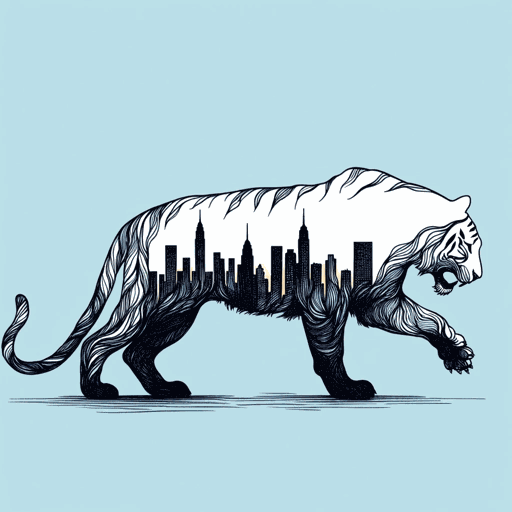
America
Claude McKay
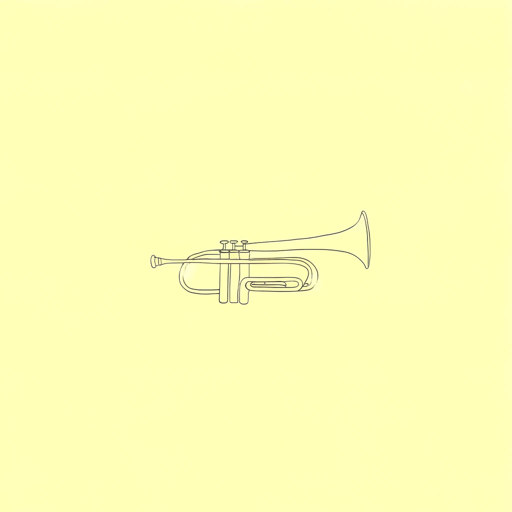
Home To Harlem
Claude McKay
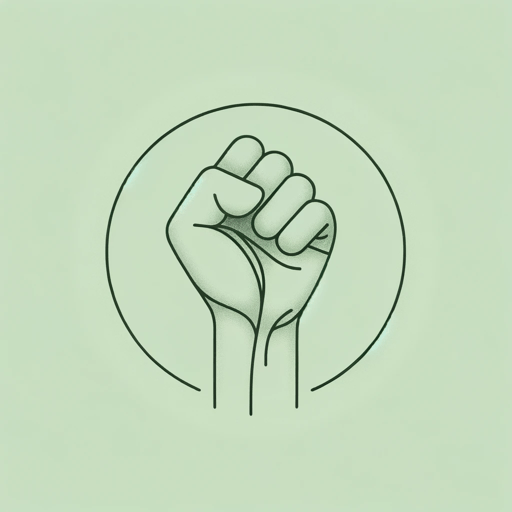
If We Must Die
Claude McKay
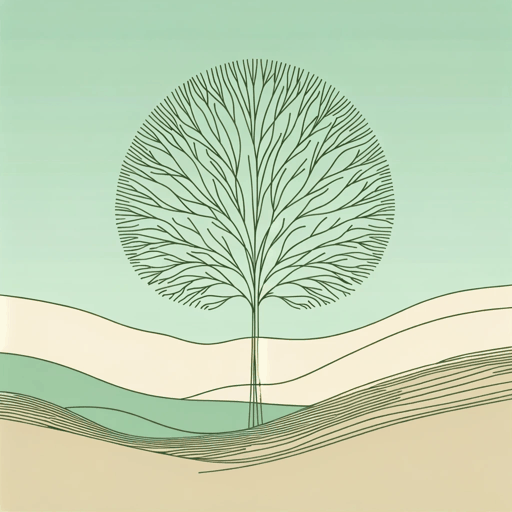
Joy in the Woods
Claude McKay

The Harlem Dancer
Claude McKay
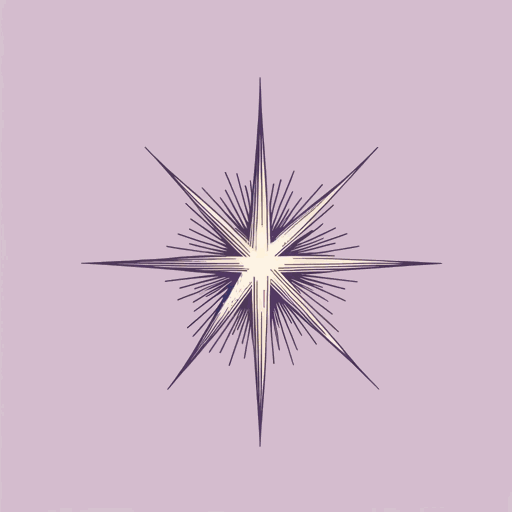
The Lynching
Claude McKay
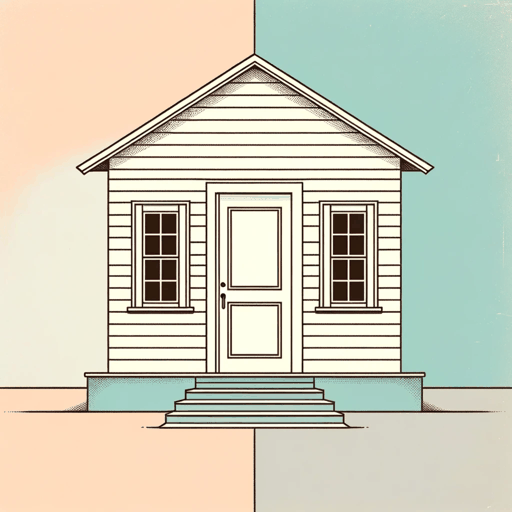
The White House
Claude McKay
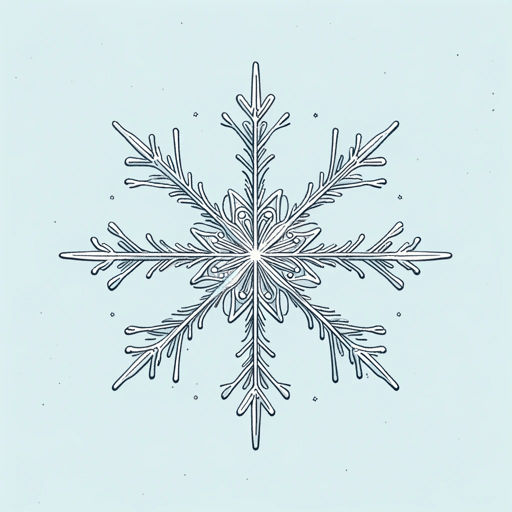
To One Coming North
Claude McKay
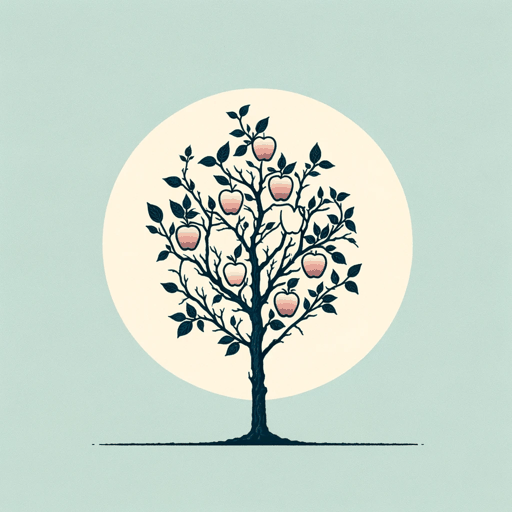
When Dawn Comes to the City
Claude McKay
